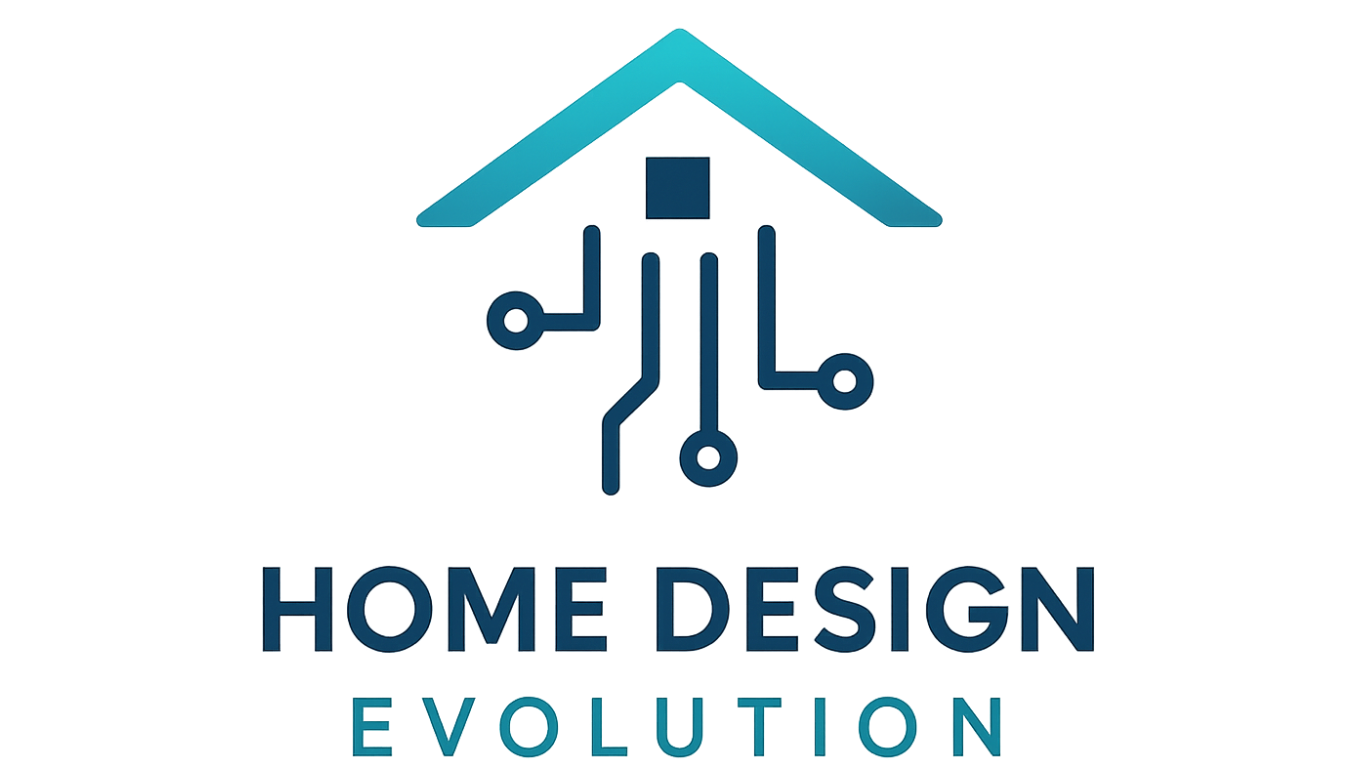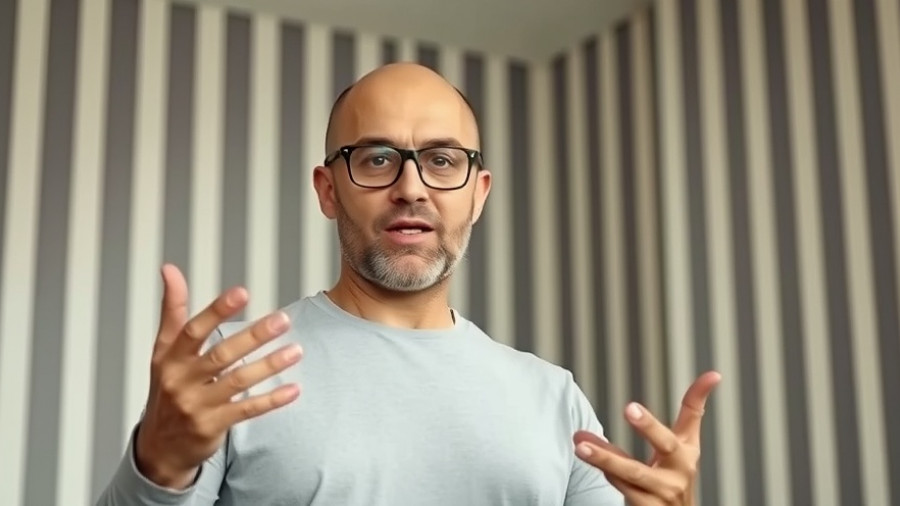
Global Commitment to a Greener Future
As the conversation surrounding climate change intensifies, a significant shift towards cleaner energy solutions is on the horizon. According to recent reports, countries worldwide have pledged nearly $2 trillion since 2020, showcasing a collective drive towards sustainable energy. This funding surge comes primarily from players like China, the European Union, and the United States, signaling a clear movement away from fossil fuels towards greener alternatives.
The Role of Policy in Energy Transition
Government policies are at the forefront of this transition. Innovative policies are emerging worldwide, aiming to minimize emissions and enhance the adoption of renewable energy sources. Leadership changes in key nations often signal dramatic policy shifts, influencing how countries approach sustainability and energy consumption. For instance, the introduction of carbon pricing—either through taxes or cap-and-trade systems—has introduced financial repercussions for emitting greenhouse gases, incentivizing businesses to reduce their carbon footprint.
Challenges on the Path to Sustainability
Despite growing investment in clean energy, challenges remain. The transition must also prioritize vulnerable communities, ensuring that the shift to renewable energy is both equitable and accessible. Critics often raise concerns regarding energy affordability in the face of policy changes; thus, any successful approach must rectify disparities and prevent increased financial burdens on lower-income households.
A Collaborative Global Effort
Through international agreements, wealthier nations can support developing countries to adopt green energy technologies without facing disproportionate financial strain. This collaborative approach leverages global accountability mechanisms to drive change, pushing countries to honor their climate commitments and embed sustainability deeply into their policies.
Future Trends and Opportunities
Looking ahead, the trajectory seems promising. As governments continue to invest in renewable technologies, estimates suggest that clean energy could soon become more affordable than traditional fossil fuels. This evolving landscape presents new opportunities for homeowners seeking to integrate sustainable technologies into their living spaces.
Decisions Homeowners Can Make Today
For environmentally conscious homeowners, there are practical steps that can be taken today. Investing in smart home technologies and renewable energy sources, like solar panels, not only contributes to personal savings but also aligns individual efforts with global sustainability goals. Notably, many local utility programs can provide rebates or incentives for those embarking on eco-friendly upgrades, making this transition more achievable.
Encouraging More Informed Choices
Staying informed about evolving energy policies and sustainable practices can empower homeowners to make educated choices that affect both their finances and their environmental footprint. The push for cleaner energy is not merely a trend; it’s a necessary change for future generations. Homeowners are encouraged to engage in community discussions about these topics, fostering a shared vision of a green future.
As we collectively navigate the complexities of the energy transition, every small decision contributes to a larger movement towards sustainability. Let’s embrace this journey together, fostering innovations and lifestyle changes that benefit both our homes and our planet.
 Add Row
Add Row  Add
Add 



Write A Comment